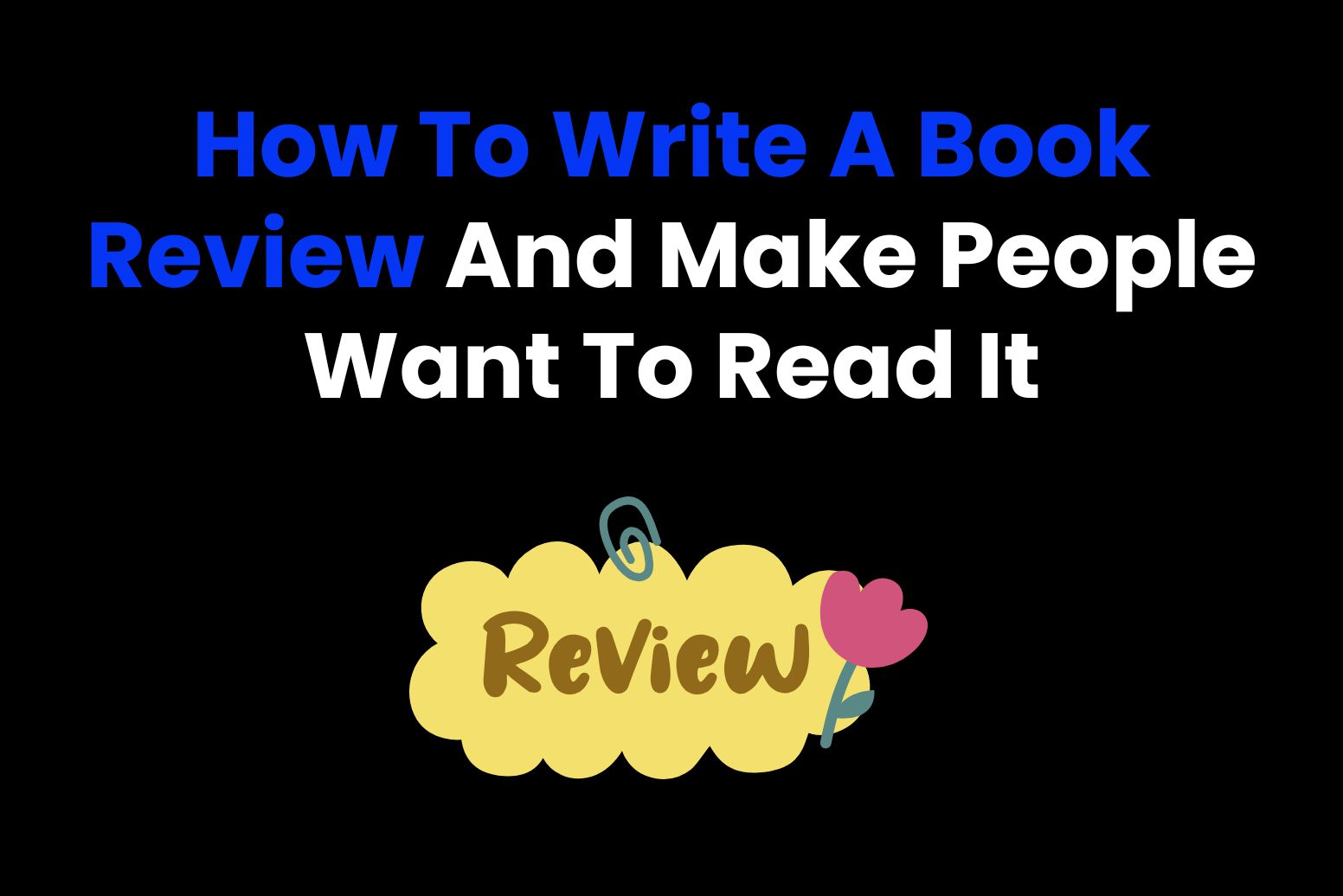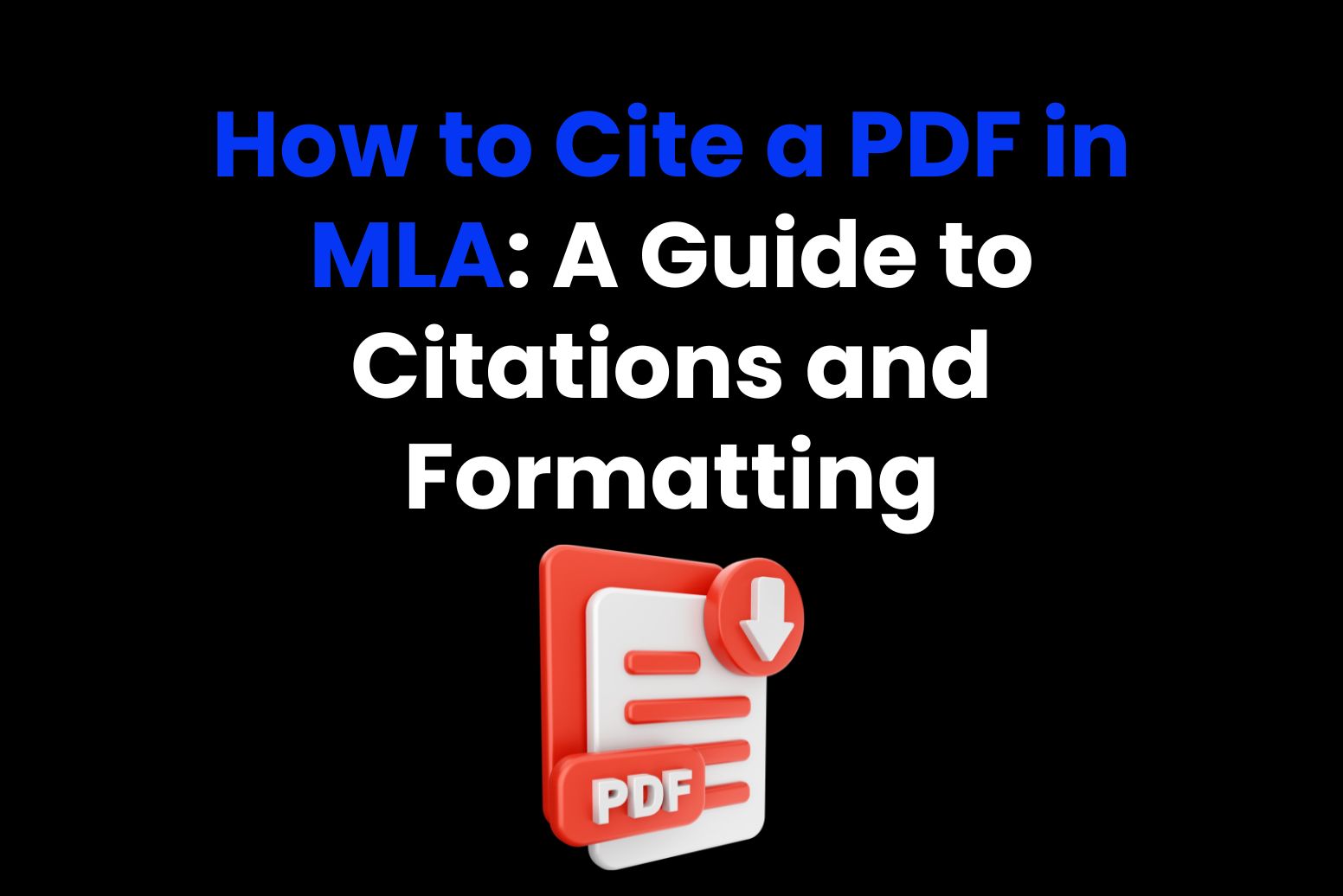
Discovering how to write an editorial is crucial for any aspiring journalist. An editorial – often known as an op-ed – is a crucial piece of writing that is published by major newspapers around the world, both in print and online.
But what exactly is an editorial? How is it different from a standard news article? And what steps should you follow when learning how to write an editorial?
In this article, we answer all these questions and provide some expert tips that will help you write an editorial. We also show you how you can use the latest AI technology to help improve your writing.
What is an editorial?
The main objective of an editorial in journalism is to persuade readers. It’s an opportunity for the editors of a publication to go into depth about a specific topic rather than providing a mere summary via a news article.
There are a few different types of editorials and they can be used for sports, entertainment, and political pieces. All major newspaper publications run editorials, often daily, weekly, or whenever the need arises.
Examples of editorials in famous publications
Publications like The New York Times and The Washington Post in the United States are famous for their editorials (often referred to as op-ed articles).
For instance, Charles Blow, Nicholas Kristof, Jamelle Bouie, and David Brooks are well-known op-ed writers at The New York Times.
For example, Kristof’s February 2025 piece, “The World’s Richest Men Take on the World’s Poorest Children,” is an NYT op-ed about the US government’s thoughts on suspending USAID.
In the United Kingdom, The Telegraph runs regular editorials that are similar in scope and production to the New York Times pieces. Writers like Dominic Green, Michael Deacon, and Samuel Ramani regularly contribute.
You can check out Dominic Green’s recent op-ed, “Trump Has Just Shown the World What America First Really Means,” for an idea on style, format, and presentation of opinion editorials in one of Britain’s leading newspapers.
The different types of editorials
According to the New York Times, there are four main types of editorial content in journalism:
- Interpretation editorial
- Criticism editorial
- Appreciation editorial
- Entertainment editorial
Part of the process of learning how to write an editorial is deciding which type of piece to write. Let’s look at these four options in more detail:
1: Interpretation editorial
Similar to a news article, an interpretation editorial can be used to present facts to give readers key information about a topic. They might contain opinions, but they strive for objectivity. Still, an interpretation editorial will likely mirror the newspaper or website’s political leanings.
2: Criticism editorial
In this example, the news is presented through the interpretation of a writer who disagrees with a position taken by a source. Often, a criticism editorial is used when the paper is attempting to influence its readers, and it can be an impactful form of journalism.
3: Appreciation editorial
This type of editorial is written to congratulate an individual on an achievement. It could be about a sports star who has recently won gold at the Olympics. But it could also be for a scientist who has won the Nobel Prize.
4: Entertainment editorial
Entertainment editorials are common in fashion and celebrity magazines. They often profile popular figures and provide opinions about high-profile events. Other types of entertainment editorials include travel articles and book reviews.
You will need to decide which type of editorial you wish to write before putting pen to paper. But be careful – an editorial is not the same as a news article. Make sure you understand the differences, as explained below, before going any further.
Editorial v news article: How do they differ?
As highlighted in the Jacksonville Progress, the main difference is that a typical news article objectively presents a situation’s facts. In contrast, an editorial presents the opinions and thoughts of the editor and often the senior management team behind the publication.
Here’s an overview of the primary objective of the two types of publication:
- The objective of a news article is to provide a clear and accurate representation of a specific situation, often by giving facts and statements.
- The objective of an editorial is to present the official perspective of the publication. This is often presented in the form of opinions and thoughts about a specific situation.
Imagine you’re publishing a piece about the war in Ukraine. A news article would likely cover statistics on the number of casualties and key details from specific battles. Moreover, it might also include statements by Ukrainian and Russian officials regarding the fighting.
On the flip side, an editorial would likely present the editor’s thoughts about the fighting’s impact. It might show, for instance, the devastating impact the war has had on the local population. It may also provide insight into how the war has affected the geopolitical stability of Europe as a region and what the editor thinks this means for the future.
Therefore, when considering the differences between a news article and an editorial, it’s their purpose that’s different, not necessarily their structure or format.
How to write an editorial step-by-step
Now that you’re aware of what an editorial is and how it differs from a standard news article, how do you write one? Well, here’s a step-by-step guide to help you get started:
Step 1: Decide on a topic
You can write an editorial about practically anything. But most of the editorials that feature prominently in newspapers share opinions about the news of the day.
For example, it might be about an American election, climate change in Africa, war in Russia and Ukraine, or immigration in Central America; some of the key topics in the Western news outlets right now.
An editorial is a bit like a persuasive essay, in which your job is to try and persuade your readers to agree with your point of view. To do this, it must be considered, well-researched, and accurate. For this reason, you might find it helpful to learn how to write persuasively before undertaking an editorial.
We also recommend selecting a topic that you’re passionate about. People are unlikely to be swayed by dispassionate articles with little personality. Therefore, ensure your opinion piece reflects your personal view of something.
Step 2: Do your research
Though you’re giving your opinions in an editorial, they must be well-informed. Writing an editorial without doing sufficient research will open you up to criticism and will discredit the entire piece.
While you don’t need to read everything about the issue you want to write about, you must be well-read and understand the general consensus. You may even want to bring in several points of view while writing the piece to supplement your own.
We advise you to consider what others have already written about the topic in question and consider how you can present a unique perspective. This is the best way to research and write an op-ed and will ensure that your opinion piece is based on fact, not pure speculation.
At this stage, you should also develop a thesis statement. This is essentially the argument that you’re going to make and indicates what you’re going to say. Use our thesis statement generator for free to start your editorial with a compelling introduction.
Step 3: Structure your editorial
You now need to consider how to structure your editorial. There are several ways to do this, but we recommend the following structure:
- Introduction: Present your thesis statement and give an overview of the topic and some background information. Prompt our introduction paragraph generator to help you get off to a great start.
- Make your case: Follow your introduction by making your argument. Present your opinions and take a stance on the topic.
- Back up your claims: Next, present some evidence (statistics, data, etc.) to back up your argument.
- Introduce a counterargument: You must then acknowledge at least one other viewpoint, even if you disagree with it. This is crucial for establishing credibility.
- Refute the counterargument: Sometimes known as the “refutation,” this is where you refute the counterargument and reinforce your point.
- Conclusion: Show how you have proven your thesis and bring the argument to a succinct close. Learn how to restate a thesis to conclude your editorial professionally.
Step 4: Write the first draft
It’s now time to draft your editorial. This is the most difficult part, but the sooner you start, the more the ideas will flow. Begin with your thesis statement and note some ideas down on the page in front of you.
Feel free to jump between ideas, and don’t worry too much about the piece as a whole at this stage. The objective is to get a cohesive argument down that you can build upon.
Also, pay close attention to the word count when starting to write your editorial. You should aim to be within 5% of the target, so ensure your draft isn’t too long or too short.
Step 5: Proofread and refine your editorial
With your first draft complete, you can refine your editorial. If you’re not happy with how it flows, ask Arvin to refine it. You can even use our AI article writer to enhance the way your editorial reads.
Then, when you’re happy with the initial draft, run your editorial through our AI grammar checker tool. This will pick up any typos and mistakes that you’ve made and will help to polish your op-ed.
Step 6: Self-publish it or send it to a publication
The final step is to self-publish your editorial or send it off to a publication. This depends on how you plan to present the article to the world.
If you’re sending it to a publication, ensure you’ve met their publication guidelines and follow any style and grammar requirements.
One final read-through is also a good idea, as it can help you pick up on any slight mistakes you might have missed before sending the article off.
The Three Key Elements of the Best Editorials, According to Experts

As we bring this article to a close, we want to leave you with the key elements of all of the best editorials:
Unique
The best editorials are unique. You should always remember this when learning how to write an editorial. In other words, don’t plagiarize someone else’s work. Present your own thoughts and give credit where it’s due.
Opinionated
While you might get away with sitting on the fence when writing a news article, you cannot do this in an editorial. It must be opinionated and clearly in support of a specific argument. While nuance has its place in an op-ed, people want to hear an opinion, and you must take a stance when writing in this way.
Grounded
The most readable and relatable editorials are grounded in fact. That is to say that they’re not controversial for controversial’s sake. Even if you’re presenting a unique viewpoint on something, it should be grounded in established thought and fact. This gives the op-ed credibility and ensures that you’re not seen as crazy by your readers.
Conclusion: How to write an editorial
As you can see, learning how to write an editorial begins with deciding which type of editorial to write. Then, you must understand the difference between an editorial and a news article.
You can then follow our step-by-step guide, which shows precisely how to write an editorial in six simple steps. Provided that your editorial is unique, opinionated, and grounded, it will likely be a hit with your readers.
How to write an editorial FAQ
How do I write a good editorial?
Research is crucial to a good editorial. You must be well-read and well-versed about the topic you want to write about. This enables you to take a specific viewpoint and present a unique, opinionated piece about the topic. Don’t sit on the fence when writing an editorial – your position should be clear to all who read the piece.
What are the three parts of an editorial?
There are several components of an editorial, but your piece must have a clear beginning, main body (argument), and conclusion. Don’t forget to write and include your thesis at the very start, which sets up your piece and explains to the reader what you’re planning to present.
What makes an editorial article?
The main characteristic of an editorial article is that it features the opinions and viewpoints of the writer and usually the publication. This is in contrast to the standard news article, which is much more objective and more focused on the facts.






